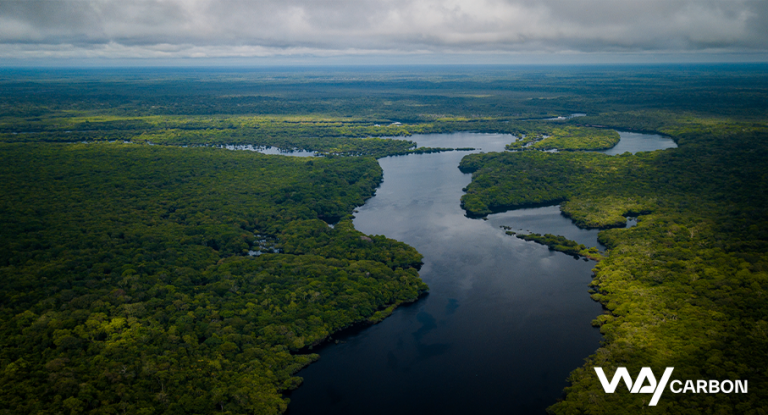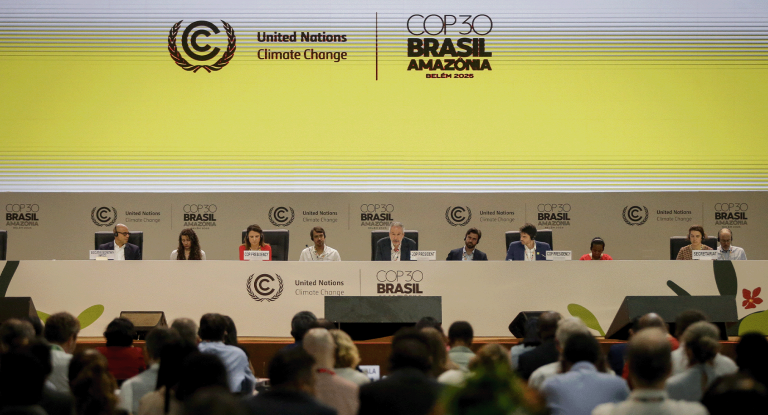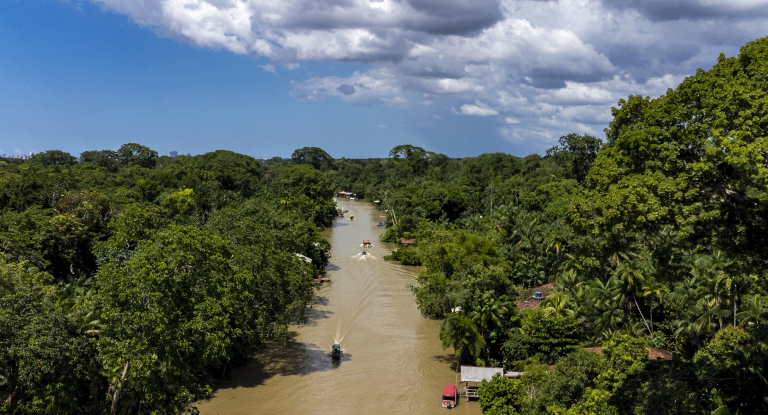Natural capital: risks and value creation

Natural capital is one of the commonly recognized forms of capital, which can also be: financial, human, intellectual, manufactured and cultural. The term indicates the incorporation, in tangible and intangible forms, of the set of resources and processes of nature that can generate value for society, the economy and the environment. I am certain that the integration of this topic into financial statements and corporate risk management will be among the main challenges for businesses until 2030.
Organizations will need to assess the materiality of natural capital for their business and value chain. More dependent sectors, such as mining and agriculture, and more exposed sectors, such as sanitation and the food sector, should expect greater pressure in the short term and a growing demand for transparency and provision of information.
Despite being fundamental, this topic is not usually present in the decision-making processes of the private sector; except in the context of the application of command-and-control instruments (such as environmental licensing processes) or limited to moral arguments. The growing need of conserving and regenerating these resources is structured based on two key elements for the sustainability of businesses.
Firstly, natural capital is a basic input for all sectors of the economy; and we already know that consumption and extraction levels are higher than the planet’s capacity to recover this stock. Furthermore, the exploitation and degradation of natural resources (mainly water resources and biodiversity) are accelerated by climate change.
The World Bank estimates that the global economy could lose US$2.7 trillion by 2030 if key ecosystem services collapse. In emerging countries, GDP could fall by 10% per year on average, with greater losses for nations that are more dependent on natural resources. In this sense, not integrating natural capital into business implies operational and strategic risk, which can interrupt operations and drive companies out of the market.
Secondly, there are possibilities for capturing value from this integration into business. In this regard, companies can identify opportunities for growth and market positioning with the support of these resources. To do this, natural capital needs to be quantified, priced and included in the decision-making and investment processes of the private sector.
The path to integrating natural capital
One of the initiatives created to address this issue is the Taskforce on Nature-related Financial Disclosures (TNFD), assembled in 2021. The task force developed a framework for reporting risks and opportunities related to nature. The group is composed of more than 40 members, including financial institutions, corporations and service providers.
The document also helps implement action plans to direct the global financial flow towards operations and portfolios with a positive impact. At WayCarbon, we closely followed the technical discussions surrounding the launch of the framework in 2023.
Natural capital as a solution
Another consolidating trend is Nature-Based Solutions (NbS), a set of actions that aim to promote resilience and mitigate impacts based on natural capital and its components. Some examples include hillside restoration, rain gardens, and activities focused on increasing carbon storage in forests.
An estimate by WayCarbon indicated that Brazil could remove almost 1.5 billion tons of carbon through conservation mechanisms, forest restoration, avoided deforestation, regenerative agriculture, and blue carbon. However, the analysis indicated that only 47% of this total is expected to be achieved, as there are technical and economic restrictions.
At WayCarbon, our experts offer companies a strategic and applied view of natural capital (NTFD) and NbS, so that they can be cost-efficiently included in decarbonization journeys and in business risk management. This work involves activities such as structuring roadmaps for alignment with NbS and supporting the implementation of recommendations. In NbS, we perform accounting for carbon removals in terrestrial and marine ecosystems. In addition, we develop projects to generate carbon credit – from the technical and economic feasibility studies to the monitoring and verification phases.
References
https://www.wribrasil.org.br/noticias/solucoes-baseadas-na-natureza-exemplos-implementados-por-cidades-brasileiras
https://www.worldbank.org/en/topic/natural-capital#1
https://tnfd.global/
 EN
EN  ES
ES PT
PT



